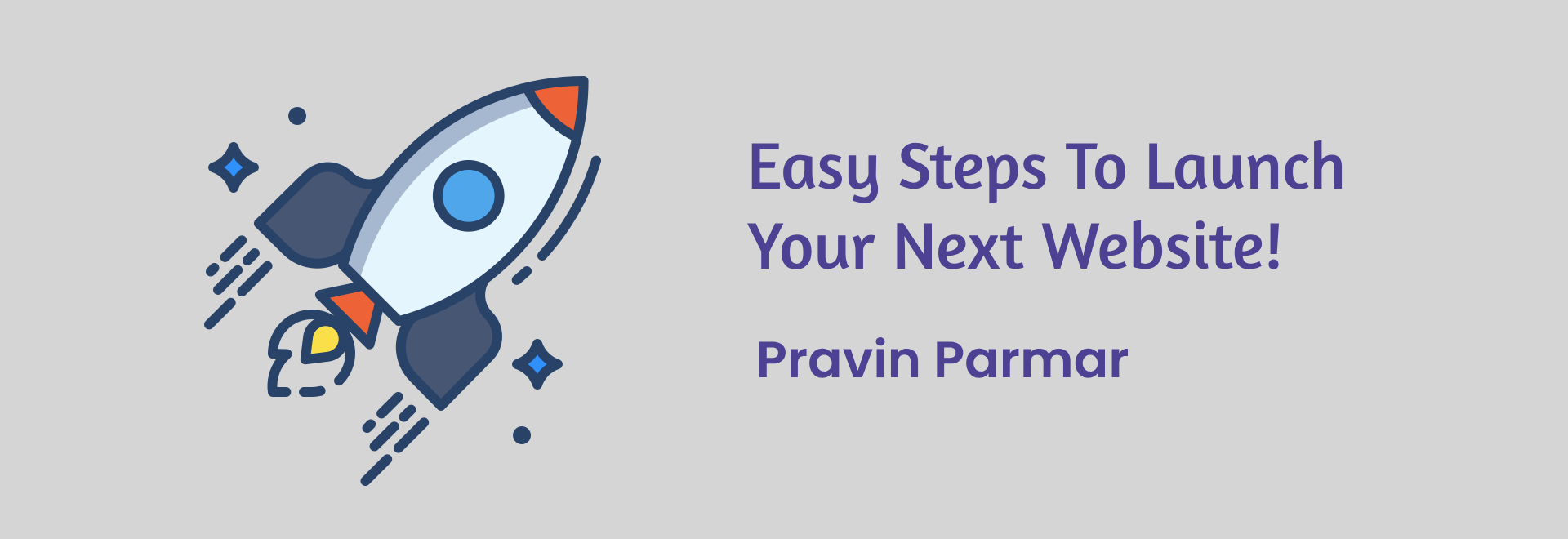
Launching a website on WordPress is an exciting venture, but it requires careful planning and execution to ensure success. With the right checklist in hand, you can streamline the process and avoid common pitfalls. In this blog post, we’ll provide you with a comprehensive checklist of 101 easy steps to guide you through the process of launching your next website on WordPress.
Pre-Launch Preparation
- Choose a Domain Name: Select a memorable and relevant domain name for your website.
- Select a Hosting Provider: Choose a reliable hosting provider that meets your website’s needs.
- Install WordPress: Set up WordPress on your hosting server.
Essential Settings Configuration
- General Settings: Configure site title, tagline, timezone, and other basic settings.
- Permalink Structure: Choose an SEO-friendly permalink structure.
- Reading and Writing Settings: Set default post category, post format, and reading preferences.
Content Creation and Organization
- Create Essential Pages: Develop core pages like Home, About Us, Contact, and Services.
- Organize Content: Use categories and tags to organize and structure your content effectively.
- Optimize Content:Optimize text, images, and videos for SEO and user experience.
Design and Layout
- Customize Design Elements: Adjust design elements such as background, typography, and layout.
- Optimize for Mobile: Ensure your website is mobile-responsive and works seamlessly on all devices.
- Add Widgets: Enhance functionality by adding widgets to sidebars and footers.
SEO Optimization
- Install an SEO Plugin: Use plugins like Yoast SEO to optimize meta tags, titles, and descriptions.
- Submit XML Sitemap: Submit your sitemap to search engines for better indexing.
- Optimize Images: Compress images, add alt text, and use descriptive file names.
Performance Optimization
- Optimize Loading Speed: Use caching plugins, optimize CSS and JavaScript, and minimize HTTP requests.
- Reduce Server Response Time: Opt for a reliable hosting server and optimize server-side performance.
- Optimize Database: Clean up unnecessary data and optimize your WordPress database.
Security Measures
- Install Security Plugin: Use a reputable security plugin to protect against malware and cyber threats.
- Enable SSL Certificate: Secure data transmission with an SSL certificate for HTTPS encryption.
- Set Up Backups: Regularly backup your website’s files and database to prevent data loss.
Testing and Debugging
- Test Website Functionality: Check links, forms, navigation, and interactive elements.
- Debug Errors: Resolve any errors, broken links, or layout issues for a seamless user experience.
- Cross-Browser Compatibility: Test your website on multiple browsers and devices for compatibility.
Launch Checklist
- Double-Check Settings: Review all settings, configurations, and content before the launch.
- Test Across Devices: Ensure your website looks and functions correctly on various devices.
- Make Final Adjustments: Fine-tune design, content, and functionality based on testing feedback.
Post-Launch Tasks
- Announce Launch: Share the exciting news of your website launch on social media and other platforms.
- Monitor Performance: Use analytics tools to track website traffic, user behavior, and performance metrics.
- Collect User Feedback: Gather feedback from users to identify areas for improvement and optimization.
Ongoing Maintenance
- Keep Software Updated: Regularly update WordPress core, themes, and plugins for security and performance.
- Backup Regularly: Schedule automated backups to safeguard your website data.
- Monitor Security: Stay vigilant against security threats by monitoring logs and security reports.
Conclusion
Launching a WordPress website involves meticulous planning, execution, and ongoing maintenance. By following this comprehensive checklist, you’ll ensure a successful launch and set a solid foundation for your online presence. Best of luck with your website launch journey!
Frequently Asked Questions
UNLOCKING ANSWERS
What is WordPress?
WordPress is a popular open-source content management system (CMS) used for creating and managing websites. It powers millions of websites worldwide and offers a user-friendly interface for website customization and management.
Why should I choose WordPress for my website?
WordPress is highly versatile, customizable, and scalable, making it suitable for various types of websites, from blogs and portfolios to e-commerce stores and business websites. It offers a wide range of themes, plugins, and functionalities to meet diverse website needs.
Do I need technical expertise to launch a WordPress website?
While basic technical knowledge can be beneficial, you don’t necessarily need to be a developer or programmer to launch a WordPress website. The platform is designed to be user-friendly, with intuitive tools and resources available for beginners.
What are the essential steps for launching a WordPress website?
The essential steps for launching a WordPress website include choosing a domain name, selecting a hosting provider, installing WordPress, customizing themes and plugins, creating content, optimizing for SEO, ensuring security, testing functionality, and announcing the launch.
How can I choose the right theme for my WordPress website?
When choosing a theme, consider factors such as design aesthetics, responsiveness (mobile-friendliness), customization options, compatibility with plugins, support and updates, and user reviews. You can also preview themes and test their demos before making a decision.
What plugins are essential for a WordPress website?
Essential plugins for a WordPress website may include an SEO plugin (e.g., Yoast SEO), a caching plugin (e.g., WP Super Cache), a security plugin (e.g., Wordfence Security), a backup plugin (e.g., UpdraftPlus), and plugins for contact forms, social media integration, and analytics.
How can I optimize my WordPress website for SEO?
SEO optimization for WordPress involves using an SEO plugin to optimize meta tags, titles, and descriptions, creating a sitemap for search engines, optimizing images with alt text and descriptive filenames, improving website speed and performance, and creating high-quality, keyword-rich content.
What security measures should I implement for my WordPress website?
To enhance security, install a reputable security plugin, enable an SSL certificate for HTTPS encryption, set up regular backups, use strong passwords, keep WordPress core, themes, and plugins updated, limit login attempts, and monitor website activity for suspicious behavior.